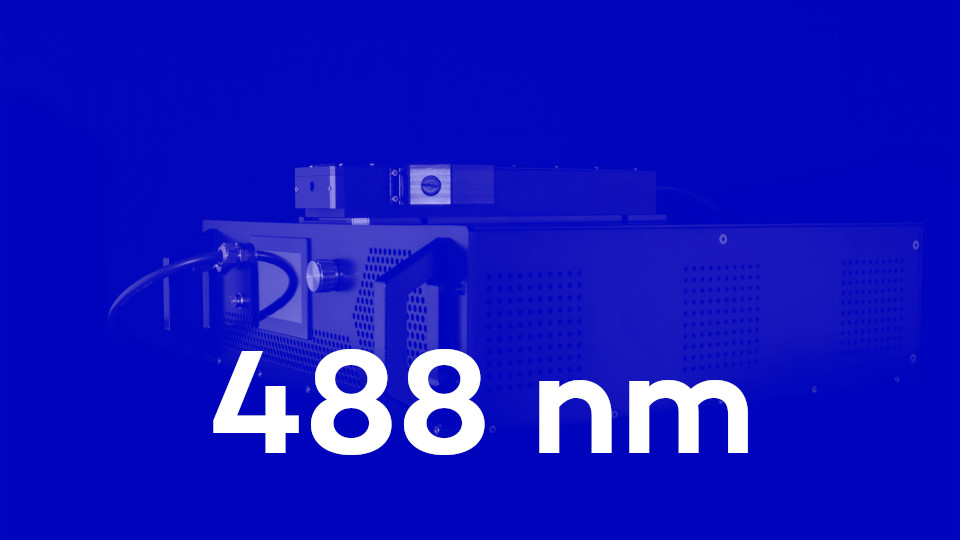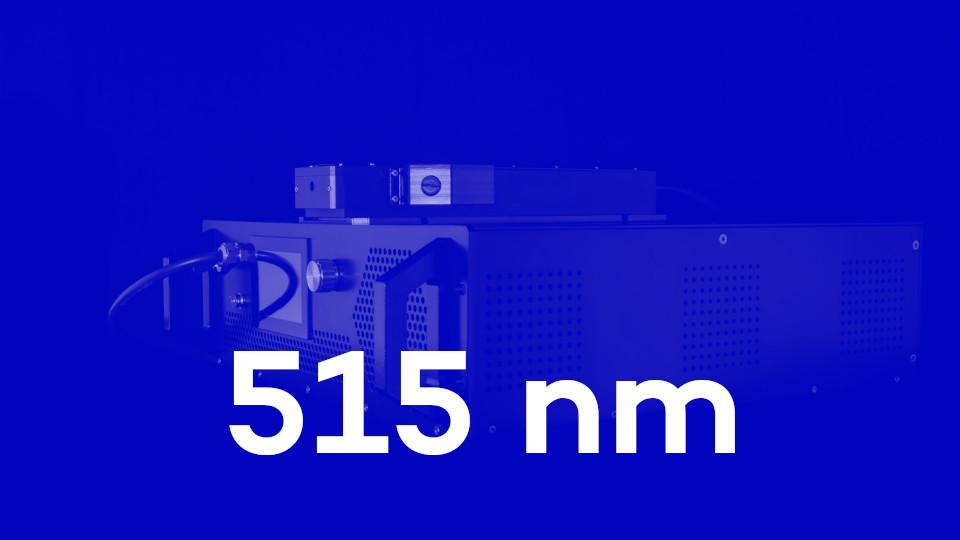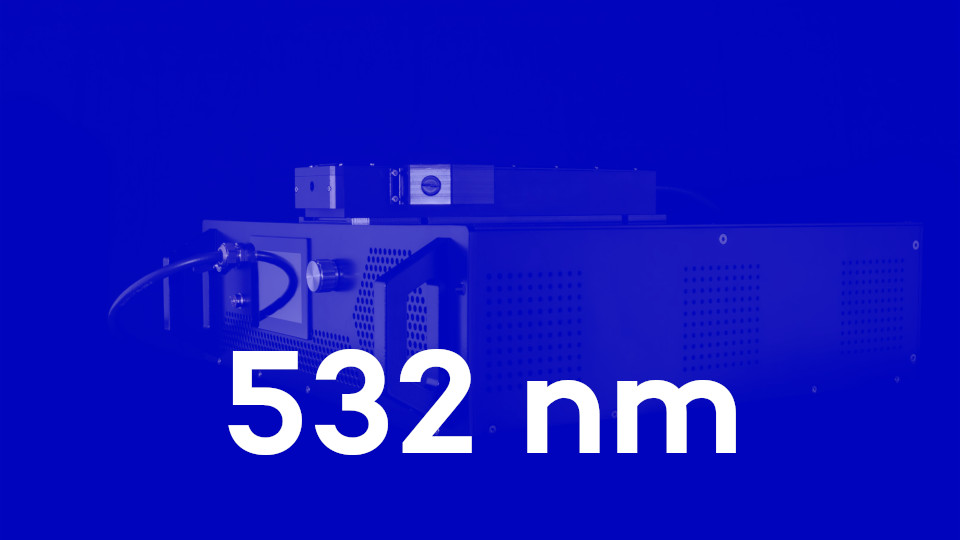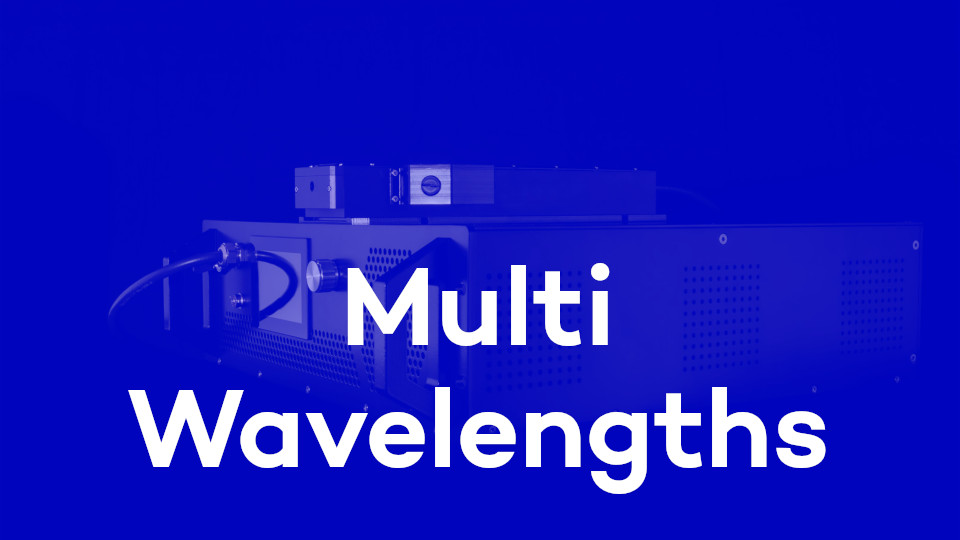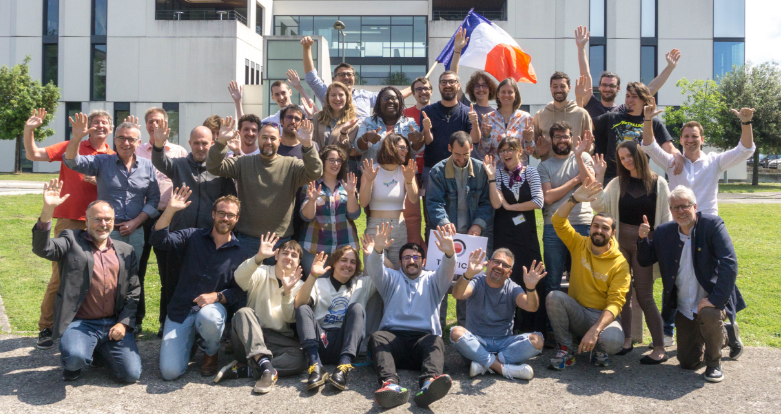For Laser Doppler Velocimetry
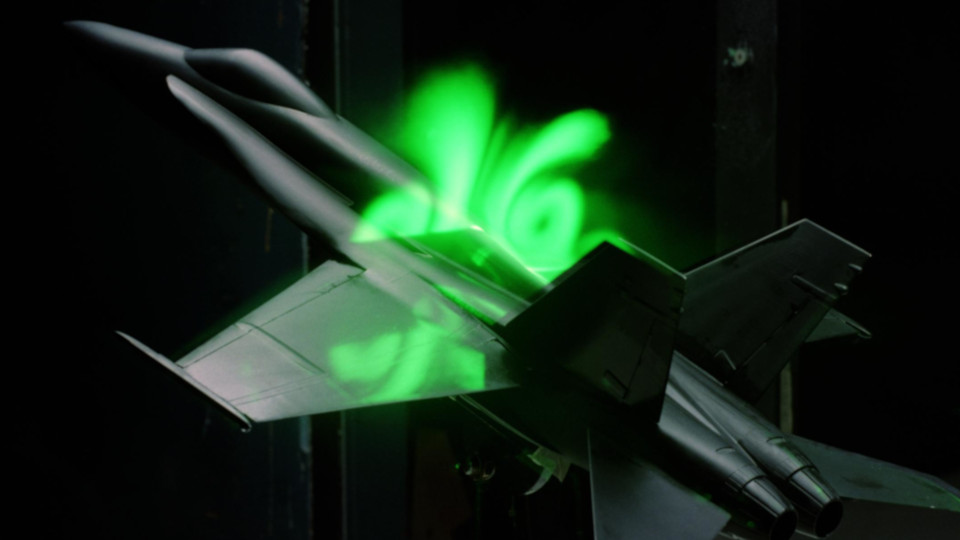
What is laser doppler velocimetry ?
This is a technique to determine the local velocity of a flow by fine particles in the air with high temporal resolution and in a non-intrusive way. The particles within the flow pass through interference fringes created by interaction between two coherent laser beams. The wavelengths used are usually in the visible. ln industrial or research applications, it is necessary to have two wavelengths to analyze the particle velocity in two dimensions and even three wavelengths for three dimensions.
The principle of LDV (Laser Doppler Velocimetry) is to create interference between two laser beams with the same properties. For this, a technique proposes to separate a single beam into two coherent beams using a beam splitter. Thanks to transmission optics, the two beams cross at their waists. Their intersection creates interference fringes locally, it is the measurement volume. Through a flow, the particles scroll in this volume and diffuse the light when they are on constructive interferences. The fluctuation of the light scattered by the particles corresponds to the Doppler shift.
Another application in velocimetry is PIV: Particle Image Velocimetry. This technique makes it possible to determine the speed of a flow thanks to the fine particles in a flow.
Why choose
Azurlight Lasers ?
Low noise level
Azurlight systems also have a low noise level, which allows for better measurements.
All-fiber lasers
Azurlight Systems offers allfiber systems with a noncooled laser head that guarantee excellent pointing stability and spatial mode.
High power stability
Azurlight Systems offers the best power stability in the market: < ± 0.3% in the short term and < ± 0.5% in the long term.
Coherence lengths
The visualization of the interference requires a sufficiently large coherence length. The systems offered by Azurlight have coherence lengths of several hundred meters to produce a stable pattern even over long distances.
Recommended lasers & amplifiers for laser doppler velocimetry
Ask us
You would like to order, request further information or need a specific spec ?

Pierre Laygue
Sales & Marketing director

Nicholas Traynor
Founder, CEO, CSO

